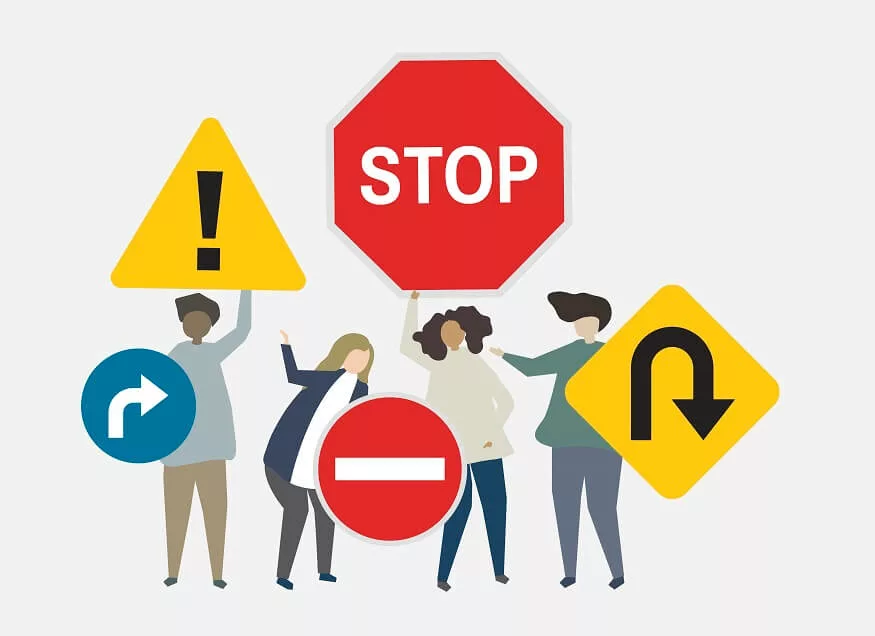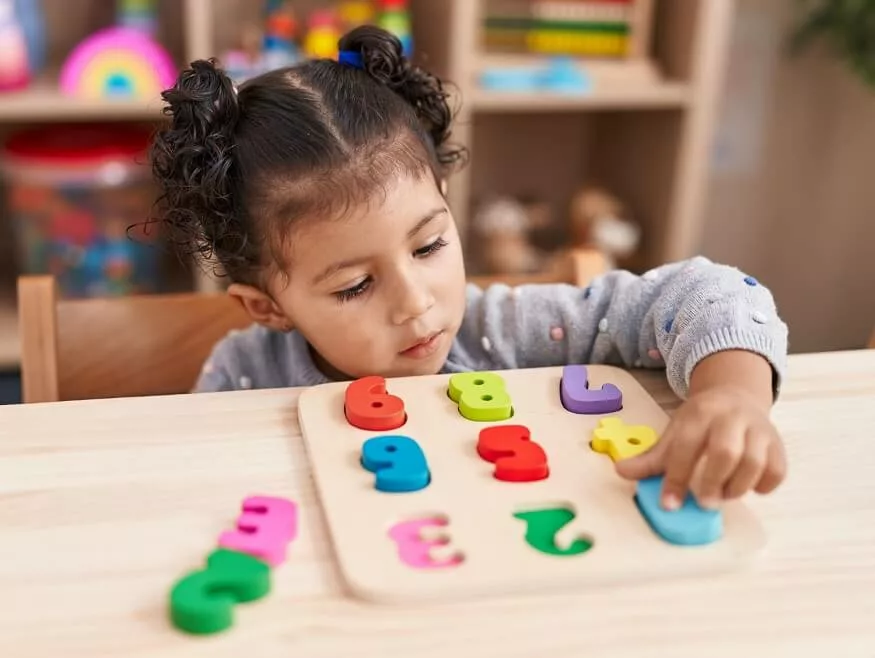As kids grow, they start learning about the world and its everyday rules. One crucial area is road safety. It is crucial for children to grasp traffic rules and traffic signs from a young age to prevent accidents and stay safe on the roads.
This blog will explore various traffic signs and rules vital for kids to know.
Also Read: 10 Safety Rules at School You Must Teach Your Children
What are traffic signs?
Traffic signs serve as visual guides, informing drivers, cyclists, and pedestrians about actions to take and potential dangers on the road. They are vital visual cues that provide crucial information for everyone using the roads. Traffic signs help in the following ways:
- Regulate traffic flow, thus preventing accidents.
- Warn road users of potential hazards such as sharp bends, U-turns, steep inclines and ongoing road works.
- Offer details about nearby amenities like petrol pumps, hospitals, train stations, and airports.
- Convey the regulations to follow while driving, like speed limits, restricted parking, no-entry zones, and one-way lanes.
Also Read: Public Transportation Safety: Behaviour on school buses, trains, and subways
Categories of traffic signs
Traffic signs come in different shapes and colours to help road users identify the type of sign and its meaning. There are 110 traffic signs divided into three main categories:
- Mandatory Signs
- Cautionary Signs
- Informatory Signs
Mandatory traffic signs convey the must-follow rules and regulations while on the road. These signs have a circular shape with a white background and a red border. Adhering to these signs is essential for safe and orderly traffic flow. Some examples of mandatory traffic signs include:
Stop, Speed limit, Yield, One-way, Do Not Enter, No U-turn, No parking. Pedestrian crossing, heavy vehicle prohibited, etc.

Figure 1 Mandatory Traffic Signs, Image credits: Motor Vehicle Department, India
Cautionary signs are used to warn road users of potential hazards on the road. These signs are usually triangular in shape with a white background and a red border. Some examples of cautionary signs include:
Pedestrian crossing, Steep ascent/descent, narrow roads, school zones, animal zones, curves and turns, etc.

Figure SEQ Figure \* ARABIC 2 Cautionary Traffic Signs, Image credits: Motor Vehicle Department, India
Informatory signs provide road users with information about amenities and services in the area of their route to make their travel smooth and stress-free. These signs are rectangular in shape with a white background and blue border. Some examples of informatory traffic signs include hospitals, petrol pumps, Restaurants, Parking, Public telephone, bus stop, railway station, etc.

Figure SEQ Figure \* ARABIC 3 Informatory Traffic Signs, Image credit: Motor Vehicle Department
Also Read: Safety tips for students to follow during school trips
Important traffic signs for kids
There are certain traffic signs which are important for kids to remember to be safe.
- Stop sign
- School Zone
- Pedestrian crossing
- No Parking
- Railway Crossing
- Traffic Police hand signals
- Three traffic signal colours: Red (Stop), Orange (Wait), and Green (Go).
Also Read: Road Safety for Kids
Traffic rules for kids
Having a basic understanding of traffic rules and signs is an essential life skill that can help keep children safe and prevent accidents. Some of the important traffic rules to teach kids are:
- Always wear a helmet while cycling or riding a two-wheeler.
- Follow traffic lights and avoid jumping signals.
- Always use pedestrian crossing when crossing roads.
- Do not overtake from the left when driving or riding on the road.
Also Read: 10 Safety Rules at School You Must Teach Your Children
Ways to educate children about traffic rules
- Ask your child to look out for the various traffic signals they notice while driving with you and educate them on the importance of following traffic rules for their safety.
- Teachers can also educate children about the importance of traffic rules and safety through games and activities like colouring worksheets, crossword puzzles, role plays and quizzes.
- Parents and teachers can also use educational videos to help children understand traffic signs and rules.
- Additionally, parents and teachers can encourage children to watch the traffic police at work and observe how they ensure the safety of pedestrians and children on the road through hand signals.
- Kids can engage in events focusing on using seat belts properly, wearing helmets while biking, and learning road-crossing safety. These activities also connect children with local safety experts, like first responders and police officers, offering guidance and answering their questions.
- To ensure children understand traffic rules and signs, it is important for parents and teachers to familiarize themselves too. By modelling good driving habits, pedestrian, and cyclist behaviour, they can teach kids the importance of road safety. Parents should also avoid being distracted while driving and make sure to attune their driving habits to changing road conditions.
Traffic rules and traffic signs are vital skills that every child should learn, starting at an early age. Learning these rules and signs can help children avoid accidents and keep themselves and others safe on the road. At EuroSchool, we help children understand the importance of traffic signals and the traffic rules to follow. Through various learning techniques, such as stories, books, activities, and games, children can learn about traffic rules and signs while having fun. Parents and teachers are essential figures in ensuring children learn and adhere to traffic rules and signs by setting a good example, familiarizing themselves with traffic rules, and attending road safety events together.










